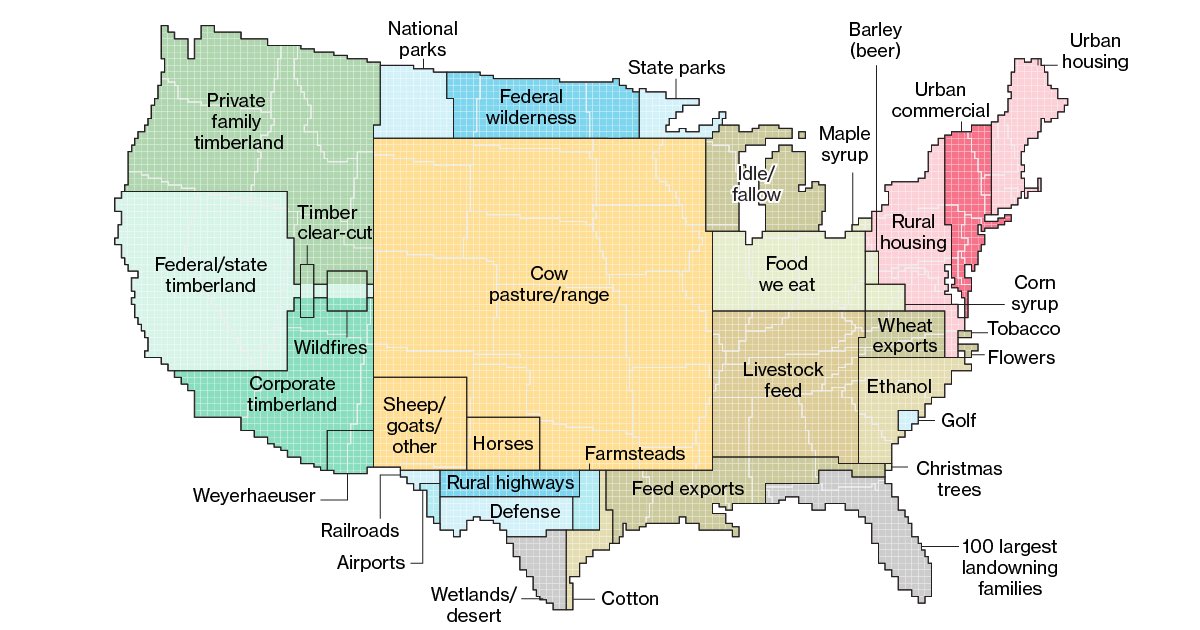I have to tell you, there's plenty of farmed land on the entire west coast this map does not depict. Less than half of the areas labeled timberlands are forested, as a generous estimate.
Edit: as the comments under this state, I just didn't understand what was being represented and how.
